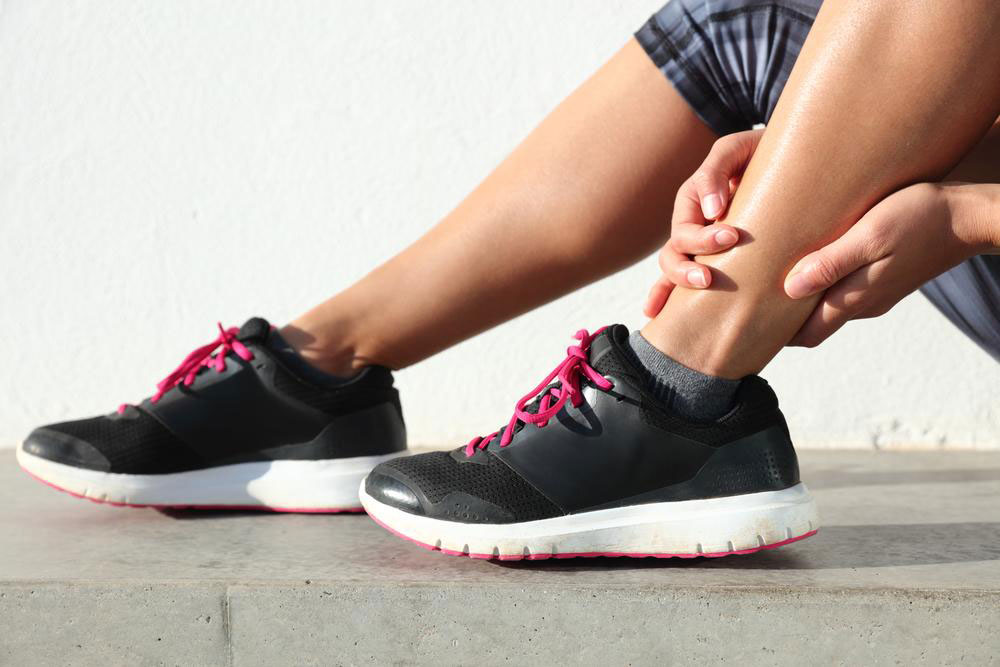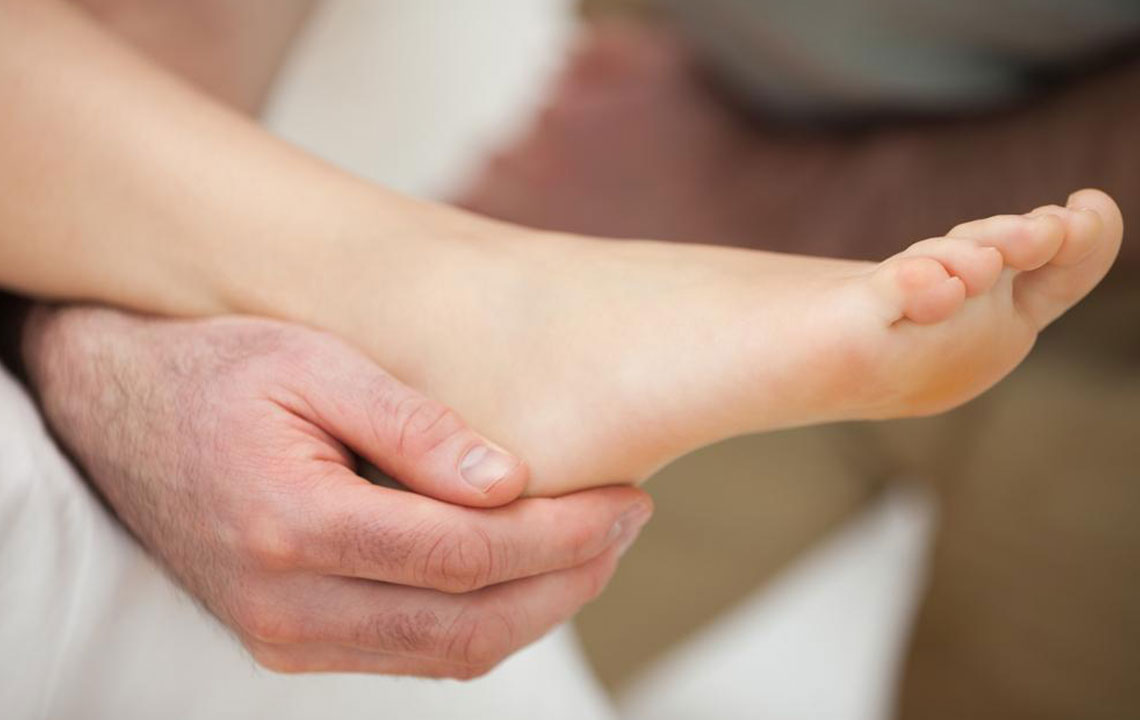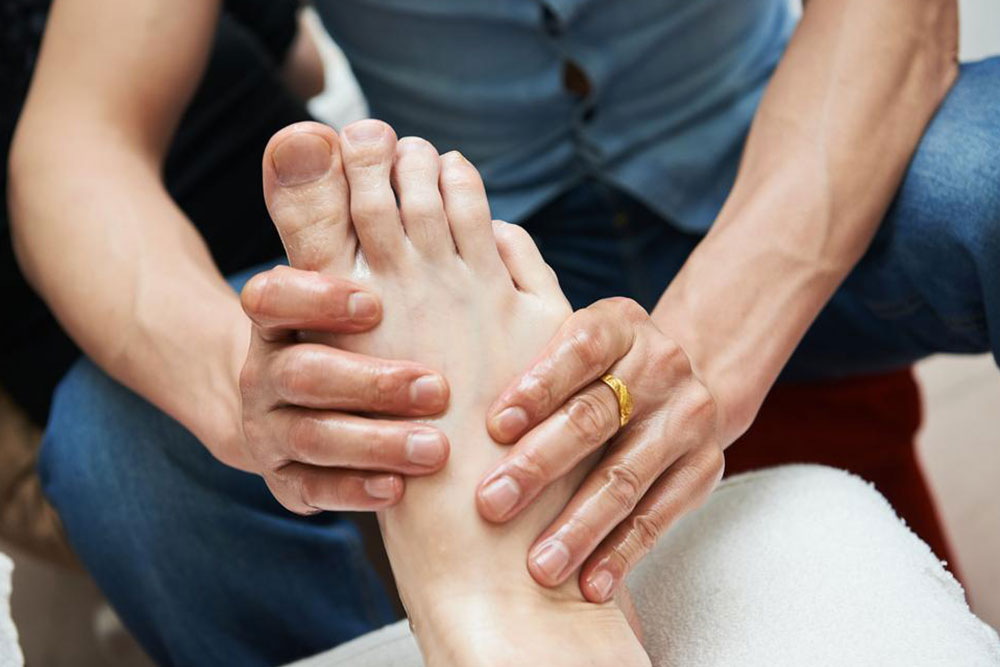Effective Approaches to Alleviate Heel Pain in Athletes
This article discusses effective strategies for managing heel pain in athletes, emphasizing rest, gentle stretching, night splints, and supportive devices. It covers a four-phase treatment process from pain relief to gradual return to activity, ensuring safe recovery from common heel injuries like plantar fasciitis and Achilles tendinitis.

Strategies for Managing Heel Pain in Sports Enthusiasts
Heel discomfort is a prevalent concern among athletes, commonly caused by issues such as plantar fasciitis, calcaneal apophysitis, or Achilles tendinitis. Overuse from repetitive stress is often the root. Proper assessment of pain level, duration, previous treatments, training habits, footwear, and medical history is essential for effective management.
Basic interventions include:
Rest - Reduce running and incorporate cross-training to prevent further strain.
Stretching - Gentle stretching supports healing; avoid aggressive stretches during pain spikes.
Night splints - These help stabilize the foot overnight, reducing heel movement and damage risk.
Devices like custom orthotics or prefabricated heel cushions can provide additional support, aiding recovery. Treatment generally occurs in four phases:
Acute Stage - Focuses on minimizing inflammation and pain with cryotherapy thrice daily for 20 minutes.
Rehabilitation - Uses physical therapy to regain flexibility and reduce swelling through gentle exercises.
Functional Recovery - Involves strengthening exercises and the use of taping, stability footwear, or orthotics to protect the heel during activity.
Resuming Activity - Gradually return to running with increased intensity, utilizing cross-training to enhance endurance.


